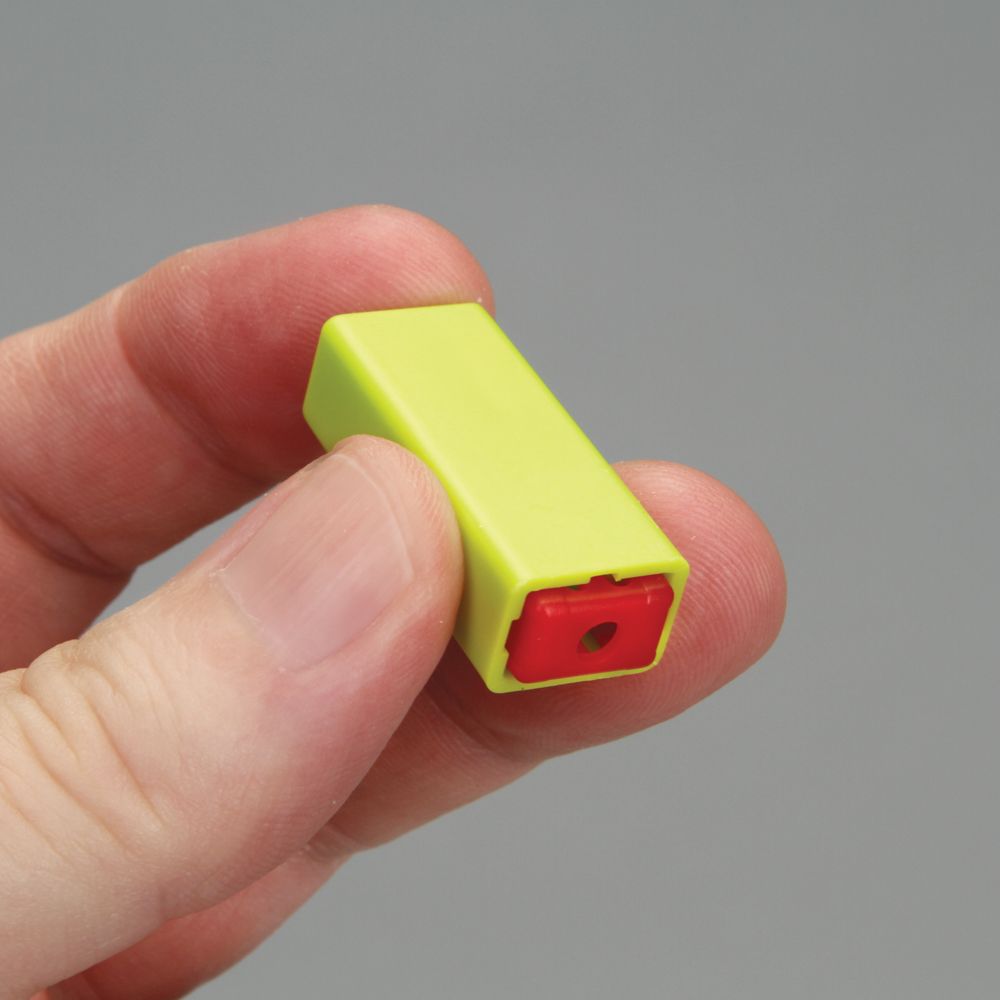My Cart
Your Shopping Cart is currently empty. Use Quick Order or Search to quickly add items to your order!

You will perform tests to determine the ABO-Rh properties of a blood sample.
Carolina® Blood Typing Card Student Pack
If you are using your own blood as the sample for testing:
| Anti-A | Anti-B | Anti-D (Rh) | Blood Type | |
|---|---|---|---|---|
| Reaction Occurred? (Y/N) |
Almost everyone can be assigned to 1 of the 4 ABO blood groups. These blood groups result from the presence or absence of 2 antigens, A and B, on the membranes of red blood cells. Answer the following questions based on your results recorded in the Data Table.
Mike is blood type A. When a lab technician mixes a sample of Mike’s blood with serum taken from Ken’s blood, Mike’s blood cells agglutinate. When Mike’s blood is mixed with serum from Kim’s blood, there is no agglutination.
What is the most likely explanation of this?
Assuming this pattern applies to all the ABO blood groups, fill in this chart:
ABO Blood Groups
| Blood Group | Red Cell Antigen | Serum Antibody |
|---|---|---|
| A | ||
| B | ||
| AB | ||
| O |
Rh is another human blood group. People are classified as either Rh-positive or Rh-negative depending on whether their blood cells agglutinate when mixed with anti-D (anti-Rh). Because both ABO and Rh have medical significance, both are used in designating a person’s blood type (e.g., A+, A-). About 14% of the population in the United States is Rh-negative. People with Rh-negative blood type usually do not have Rh antibody in their blood serum unless there has been a previous exposure to the Rh antigen.
What are some ways that such an exposure might take place?
Infographic: What’s Your Blood Type?